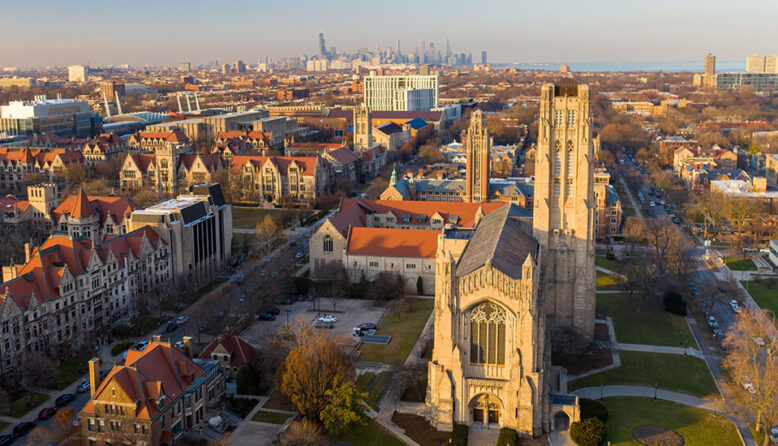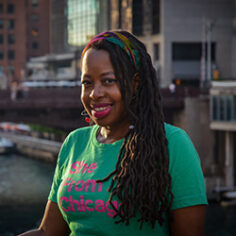Despite what you might assume from media portrayals, Chicago’s Southside comprises a large, vibrant swath of the city and includes historic sites, cultural institutions, parks, and lots of restaurants and shops. There are dozens of neighborhoods that make up the Southside and it’s difficult to cover the entire area at once, but here are some can’t-miss highlights to start with.
South Loop
The Southside of Chicago technically starts just a few miles south of The Loop. Historically, this was the entry point for many Southern African American residents who rode the Illinois Central Railroad from Southern cities to the station that was located right off Roosevelt Road and Michigan Avenue. Today, the neighborhood is a bustling residential community noted for landmark architecture, steps away from the Loop.
Blues Heaven Foundation
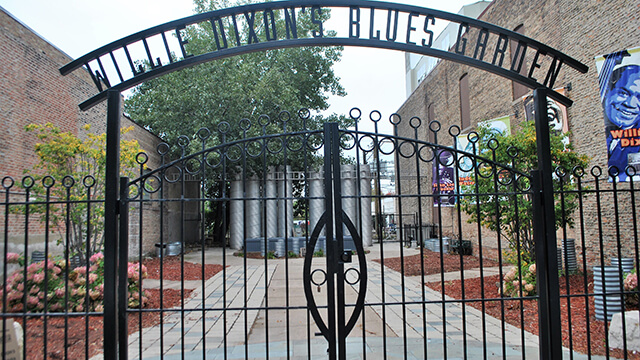
It’s extremely appropriate to start off with one of the most significant sites for Chicago’s blues history. A Chicago landmark and former location of the fabled Chess Records, the Blues Heaven Foundation oozes with music history. Back when it was the home of the record label, blues legends including Willie Dixon, Muddy Waters, Howlin’ Wolf, Etta James, and Chuck Berry recorded here, as well as the Rolling Stones. Now a musician’s resource and museum, the foundation symbolizes the triumphant legal battle that prolific songwriter Willie Dixon waged against cultural appropriators like Led Zeppelin, who stole riffs, lyrics, and melodies from Dixon’s blues originals. After winning the lawsuit, Dixon’s widow Marie purchased the Chess building and set up a foundation to help musicians protect their rights and preserve Chicago blues history.
Agora
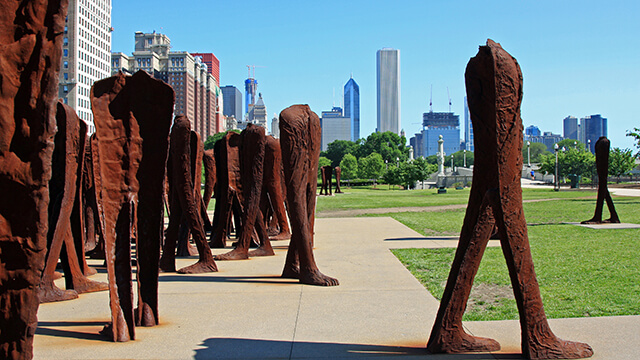
Rising nine feet above Grant Park, Agora is a striking sculptural installation that features 106 cast iron headless torsos gathered in stillness and movement. Created by Polish artist Magdalena Abakanowicz, Agora provides a fascinating contrast to the backdrop of the Chicago skyline.
Printers Row
During the 1800s, the area that stretches between Ida B. Wells Drive and Polk Street was the printing capital of the Midwest. Anchored by Dearborn Station, which supplied a passenger train hub for people and goods, Printers Row was lined with buildings created by architecture legends like Daniel Burnham and William Le Baron Jenney. The last publisher moved out in 2018, but the printing legacy remains thanks to the annual Printers Row Literary Fest, and the Printing House Row District showcases buildings that are designated as part of a National Historic Landmark District.
Buddy Guy’s Legends
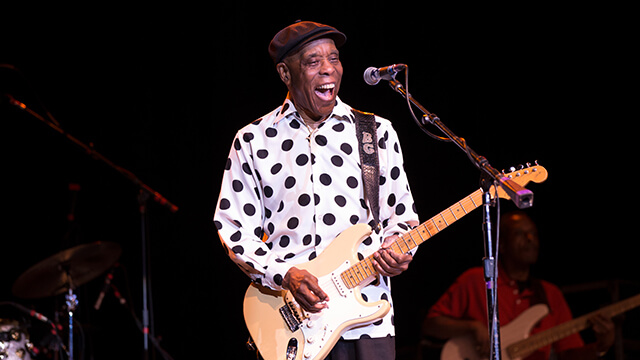
You can’t get more Southside Chicago than the signature blues club of the elder statesman of the blues, Buddy Guy. Far more than a celebrity club, Legends is as iconic as its owner, serving up some of the best live blues in the city and country. The two-level club is typically packed on weekends and during January, when Buddy does his famous month-long residency. Visit during the week when you can relax and enjoy dishes from Buddy’s native Louisiana and peruse the walls covered in Grammys and guitars signed by the likes of B.B. King, Carlos Santana, and Stevie Ray Vaughn.
Bronzeville
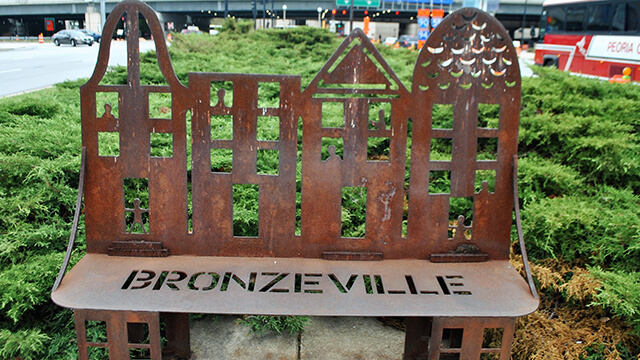
The tree-lined boulevards of the Bronzeville community are steeped in history and culture. This storied African American enclave was the headquarters for a cultural and entrepreneurial renaissance during the first half of the 20th century. Fleeing the brutality and injustice of the Jim Crow South during the Great Migration, thousands of African Americans landed in Bronzeville, where they developed their own businesses, traditions, and art. It was in Bronzeville that Chicago’s signature strains of blues, jazz, and gospel sprang up; where Gwendolyn Brooks and Lorraine Hansberry created literary classics; and where Daniel Hale Williams completed the world’s first open-heart surgery. Nicknamed the “Black Metropolis,” the neighborhood’s residents were crammed between 22nd Street to the north and 51st Street to the south. Their creativity and entrepreneurial spirit is still evident in the neighborhood today, with art galleries, restaurants, and restored mansions dotting the streets.
Monument to the Great Northern Migration
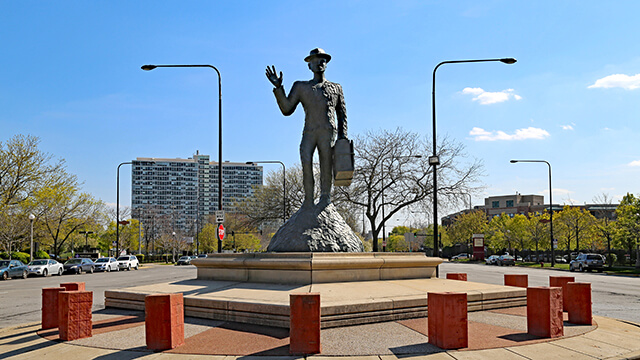
Alison Saar’s towering bronze statue of a man carrying a battered suitcase represents the thousands who escaped America’s Jim Crow South in the early 20th century to find opportunities in Chicago. Looming over the entrance of Bronzeville, the monument is surrounded by more suitcases textured with a pattern from the tin ceilings of the era.
Bronzeville Walk of Fame
Bronze plaques scattered along streets and medians honor famous Bronzeville residents including blues legend Muddy Waters, dancer and choreographer Katherine Dunham, pilot Bessie Coleman, and R&B icon Sam Cooke. More than 100 residents are featured on 91 markers scattered over 10 blocks.
Southside Community Art Center
Dedicated by Eleanor Roosevelt in 1941, this is the oldest African American art center in the United States. Founded when Dr. Margaret Burroughs banded together with other leading African American artists to create a venue to showcase their art, the center continues to host art shows and cultural events today.
Bronzeville Winery
Featuring a revolving art collection, live music, and a DJ residency, Bronzeville Winery is a cultural incubator and restaurant. Its wine list features wines from all over the globe focusing on labels by women and people of color, and the seasonal menu pairs with the wine list.
Hyde Park
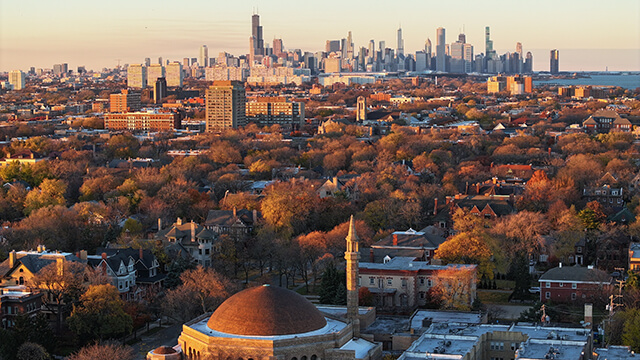
Noted for striking gothic architecture and a long history of interracial harmony, Hyde Park has been an unusual Chicago community from the very beginning. Founded as a township outside of Chicago in 1853 when a New York lawyer named Paul Cornell bought 300 acres of land between 51st and 55th Streets, the village was named after London’s famous royal park. In 1889, the city of Chicago annexed the village of Hyde Park, which quickly transformed it from an enclave for the wealthy into a popular destination for cultural and commercial activities. With the opening of the University of Chicago in 1892, Hyde Park kicked off a building boom of architectural landmarks, including Frank Lloyd Wright’s Robie House.
The Great Depression brought a slowdown of construction and commerce, and the increase of African Americans moving into surrounding neighborhoods during the Great Migration stirred massive “white flight.” Determined to prevent Hyde Park from suffering the same fate, an interracial group of local residents called the Hyde Park Kenwood Community Conference formed in 1949. The University of Chicago and local businesses also supported the organization of the Southeast Chicago Commission in 1952. Both groups worked to promote a stable multiracial community by founding a local bank to provide affordable mortgage loans and supporting new schools and social service agencies in Hyde Park. Today, Hyde Park remains a symbol of the city’s diversity and cultural progress.
DuSable Black History Museum and Education Center
One of the oldest African American museums in the country, the DuSable displays more than 15,000 paintings, sculptures, print works, and historic memorabilia that reflect the achievements and experiences of people of African descent. The museum also hosts art fairs, film presentations, and community award ceremonies.
Hyde Park Records
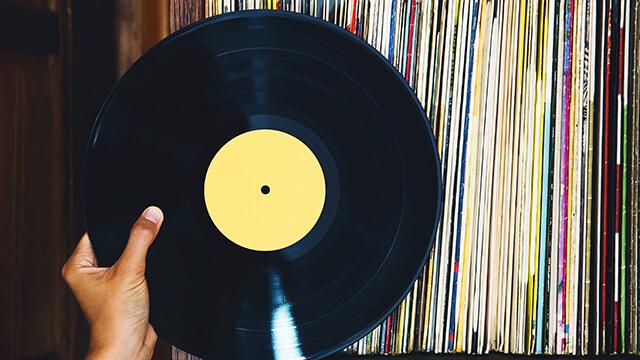
Packed with a treasure trove of classic house, soul, jazz, blues, folk, and rock CDs and DVDs, Hyde Park Records is a DJ’s dream and a neighborhood landmark. Turntables in the back let you listen before you buy and stacks of old Ebony, Word Up! Right On! and Tiger Beat magazines add to the old-school vibe.
Barack and Michelle Obama’s House
Hyde Park is filled with striking houses, but the Obama house is one of the neighborhood’s most famous homes. The stately Georgian Revival mansion was where the former First Family lived when Barack served as Illinois Senator, and when he came home while serving as the 44th president of the U.S. Visitors aren’t allowed inside the home, but photos outside are permitted.
Garden of the Phoenix
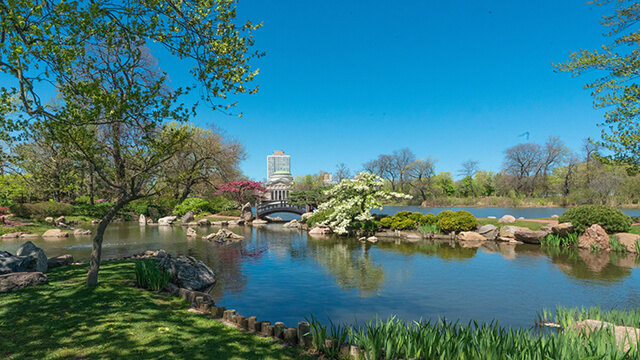
Tucked behind the Museum of Science and Industry, Garden of the Phoenix is a tranquil Japanese Garden that Japan gifted to the city during the 1893 World’s Fair. The park features a waterfall, lagoon, footbridges, and Skylanding, Yoko Ono’s first public artwork in the U.S.
